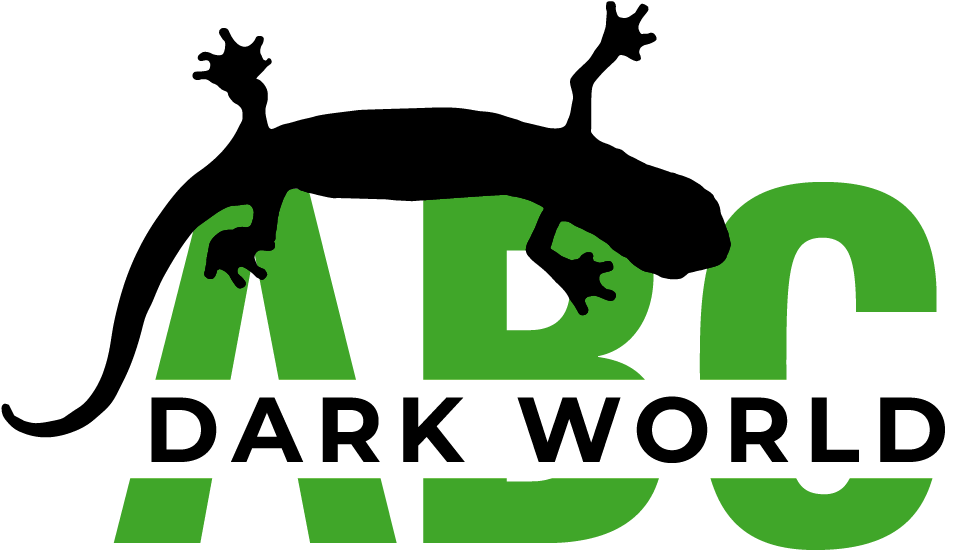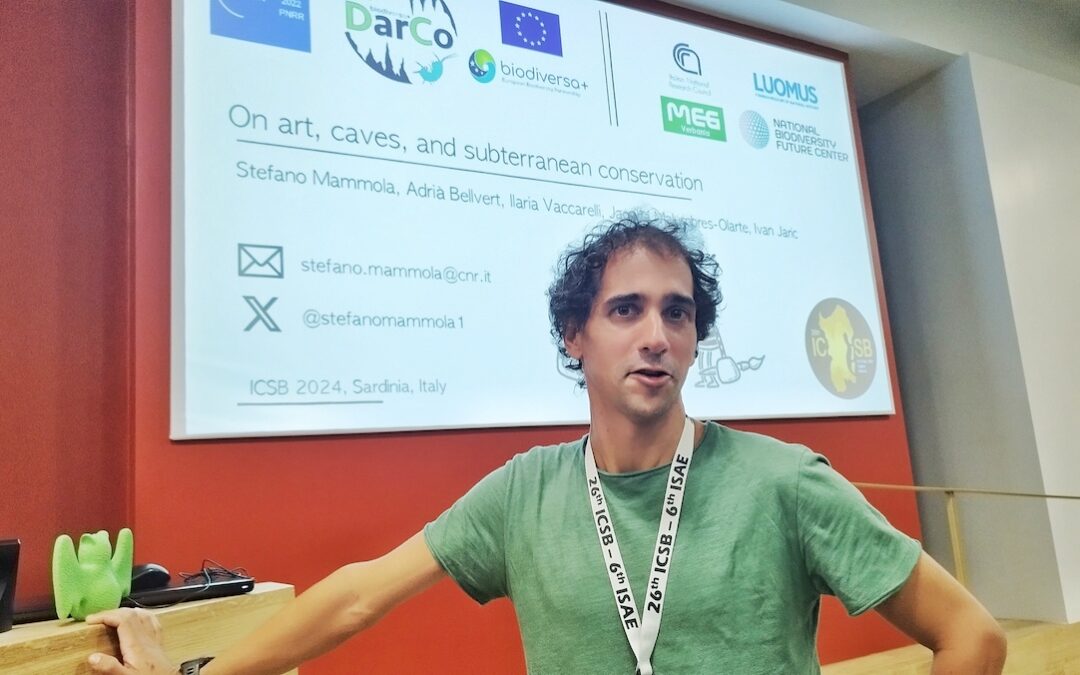On the 9th of September, 2024, partners of the DarCo Project gathered in Cagliari, Sardinia, Italy, for their midterm meeting. This event, designed as a workshop open to all participants, fostered an inclusive atmosphere that encouraged broader dialogue and the introduction of fresh perspectives into the ongoing research.
Held just before the 26th International Conference on Subterranean Biology, the timing of the workshop allowed the DarCo team to engage with global researchers and stakeholders attending the conference. Stefano Mammola, a researcher at the National Research Council of Italy and the project’s lead, shared his reflections on the event:
“We had the midterm workshop of the DarCo project, which brought together our consortium of 13 team members from 11 countries. It was an open meeting, so we invited participants from the Subterranean Biology conference to join us. In total, we had over 60 attendees, half of whom were part of the project and the other half from the conference.”
The workshop offered a platform for updating one another on the progress of the project, particularly the first phase, which focused on collecting data about subterranean fauna across Europe. Mammola highlighted the success of the workshop:
“We updated each other on data collection, publications, and dissemination activities. The next phase will focus on modeling and understanding how to better protect subterranean biodiversity in Europe. We identified challenges, but also saw great progress in data collection, giving us a strong chance of success.”
One of the key aspects of the meeting was the participation of stakeholders such as Sarah Johnson from the European Bureau, who provided valuable insights on how to translate scientific findings into actionable policies, particularly concerning groundwater ecosystems. According to Mammola, the open discussion was fruitful, with many people interacting and contributing valuable feedback.
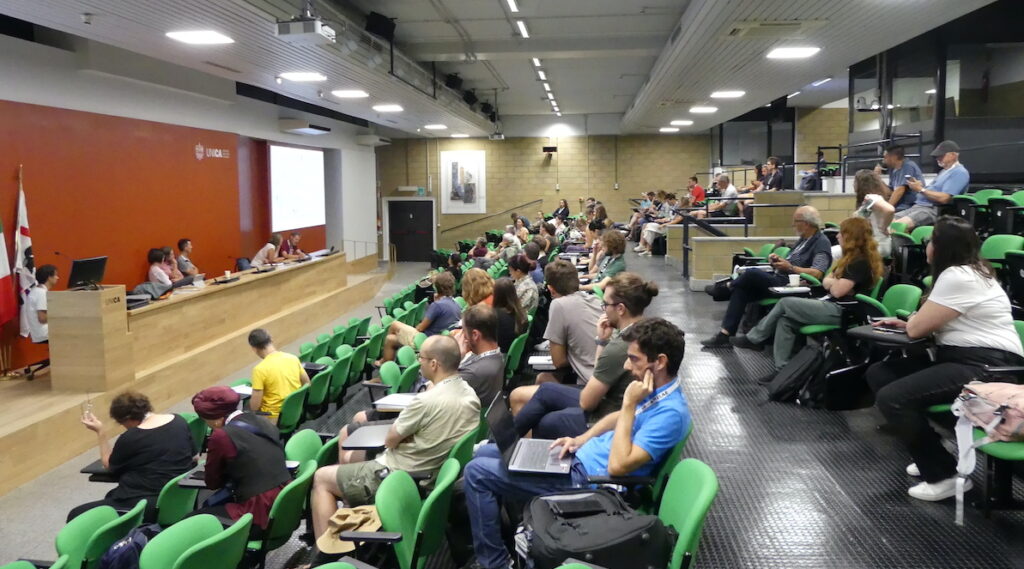
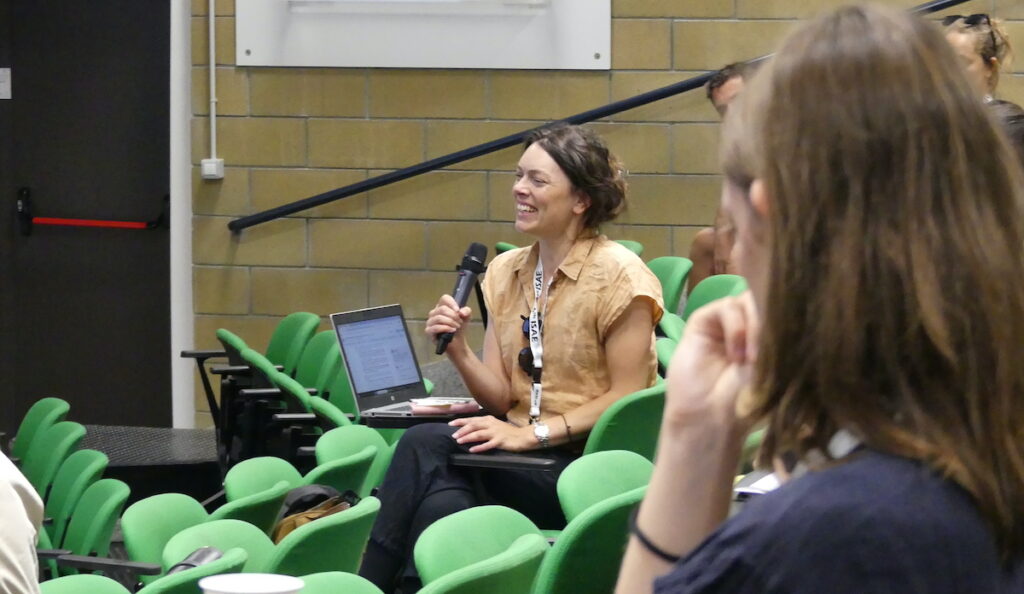
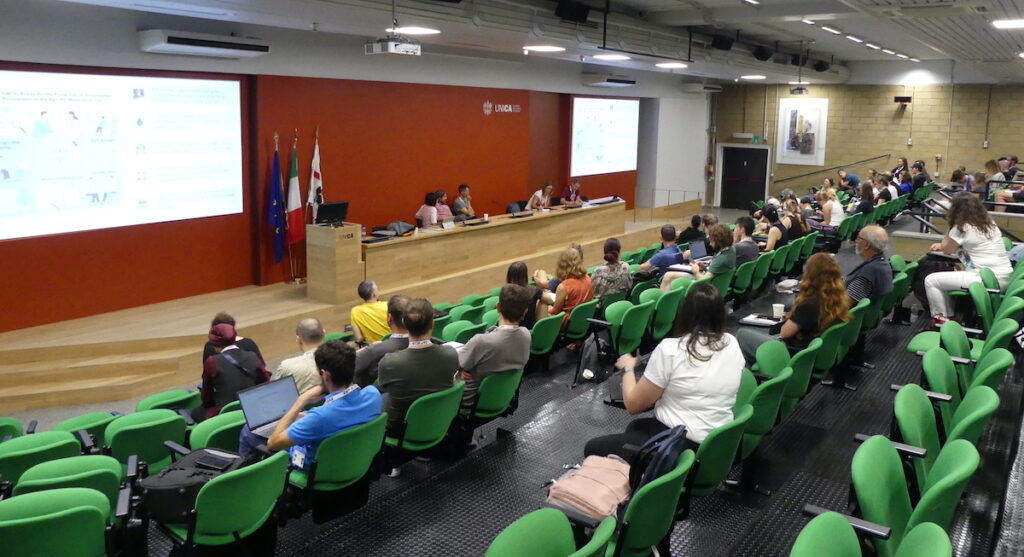
The DarCo Project: Protecting Subterranean Ecosystems
Subterranean ecosystems, including caves, groundwater systems, and fractured rocks, are home to an incredible diversity of specialized and endemic organisms. These ecosystems are crucial to global biodiversity, contributing significantly to taxonomic, phylogenetic, and functional diversity. They also provide essential services, such as potable water, to more than half of the world’s population. Despite their importance, these ecosystems are often overlooked in global biodiversity and climate change strategies, with only 6.9% of known subterranean ecosystems overlapping with protected areas.
The DarCo Project seeks to address this gap by advancing knowledge about subterranean biodiversity in Europe and integrating it into broader conservation efforts, particularly the EU Biodiversity Strategy for 2030. Led by a multidisciplinary team of scientists from 11 countries, the project focuses on compiling comprehensive data on species distribution, traits, and phylogenies across major subterranean animal groups. Using this data, the team aims to predict species’ responses to human threats and map biodiversity patterns, providing the foundation for a strategic plan to protect subterranean ecosystems.
The project’s ultimate goal is to ensure that these often-overlooked ecosystems are included in Europe’s protected areas network. By intersecting biodiversity maps with human threats and existing protected areas, DarCo will help shape a conservation plan that complements the current EU network.
In addition to research, DarCo emphasizes public awareness and stakeholder engagement. The project will culminate in the creation of the Subterranean Biodiversity Platform, an open-access database that will support future conservation and monitoring efforts, ensuring that subterranean ecosystems are protected for generations to come.
Bridging Science and Art
Mammola also revealed that he would be presenting his own research later in the week, connecting art and science to further the mission of the DarCo project. As part of this initiative, he has invited artist Jagoba Malumbres-Olarte, who is illustrating the conference and creating a piece that visually summarizes the DarCo project.
“I’ll be presenting on Thursday, focusing on the intersection of art, conservation, and subterranean science. Jagoba Malumbres-Olarte, the artist I’ve invited, is also working on an illustration that represents the DarCo project. We hope to use it for dissemination, connecting ideas, and communicating the importance of subterranean biodiversity in a more engaging way.”
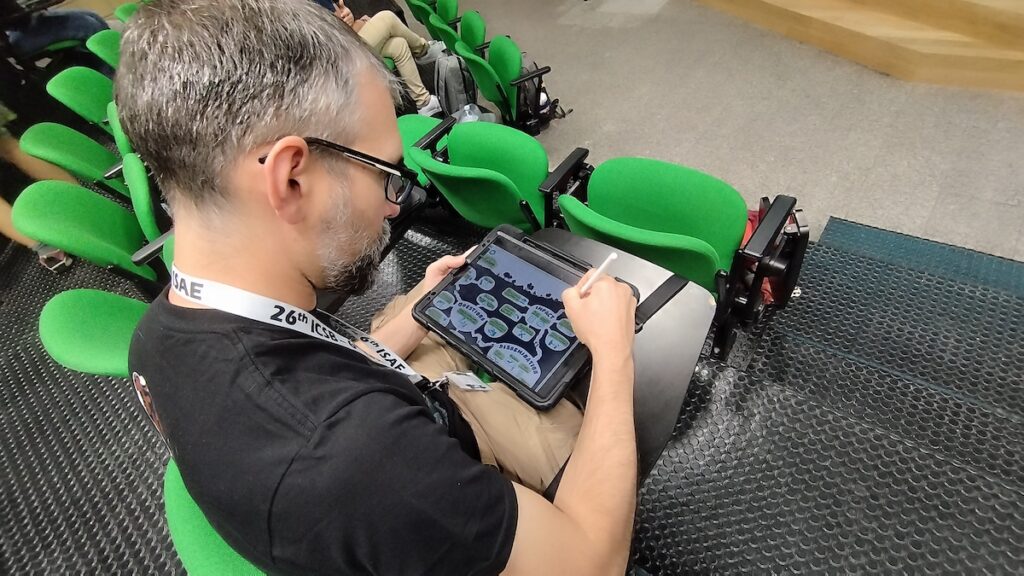
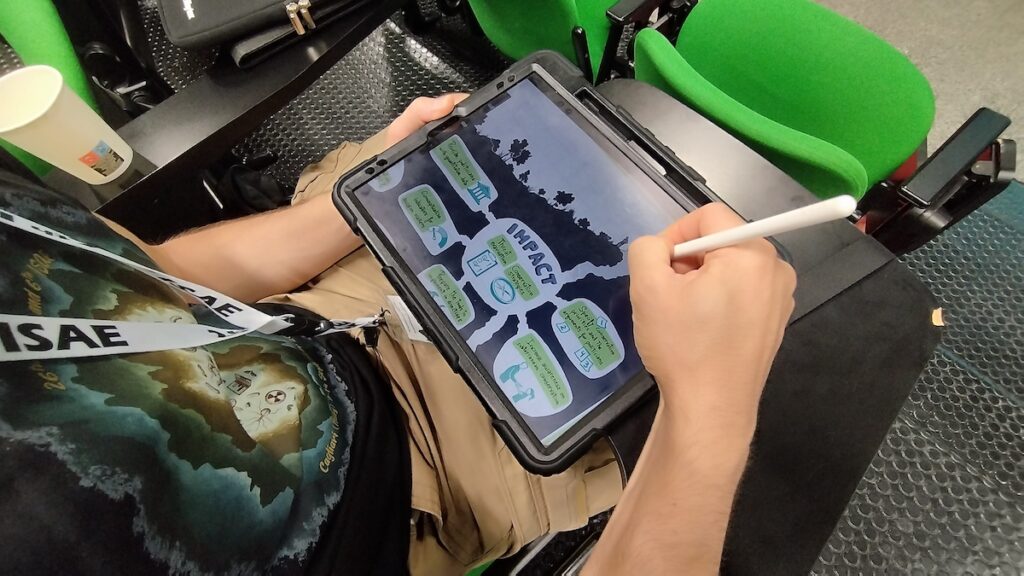
With a successful midterm meeting behind them, the DarCo team looks forward to the next stages of the project, confident that their collaborative approach and cutting-edge research will make a significant impact on subterranean biodiversity conservation.
For more information on the DarCo project, visit the official website and stay tuned for updates on the Subterranean Biodiversity Platform.
